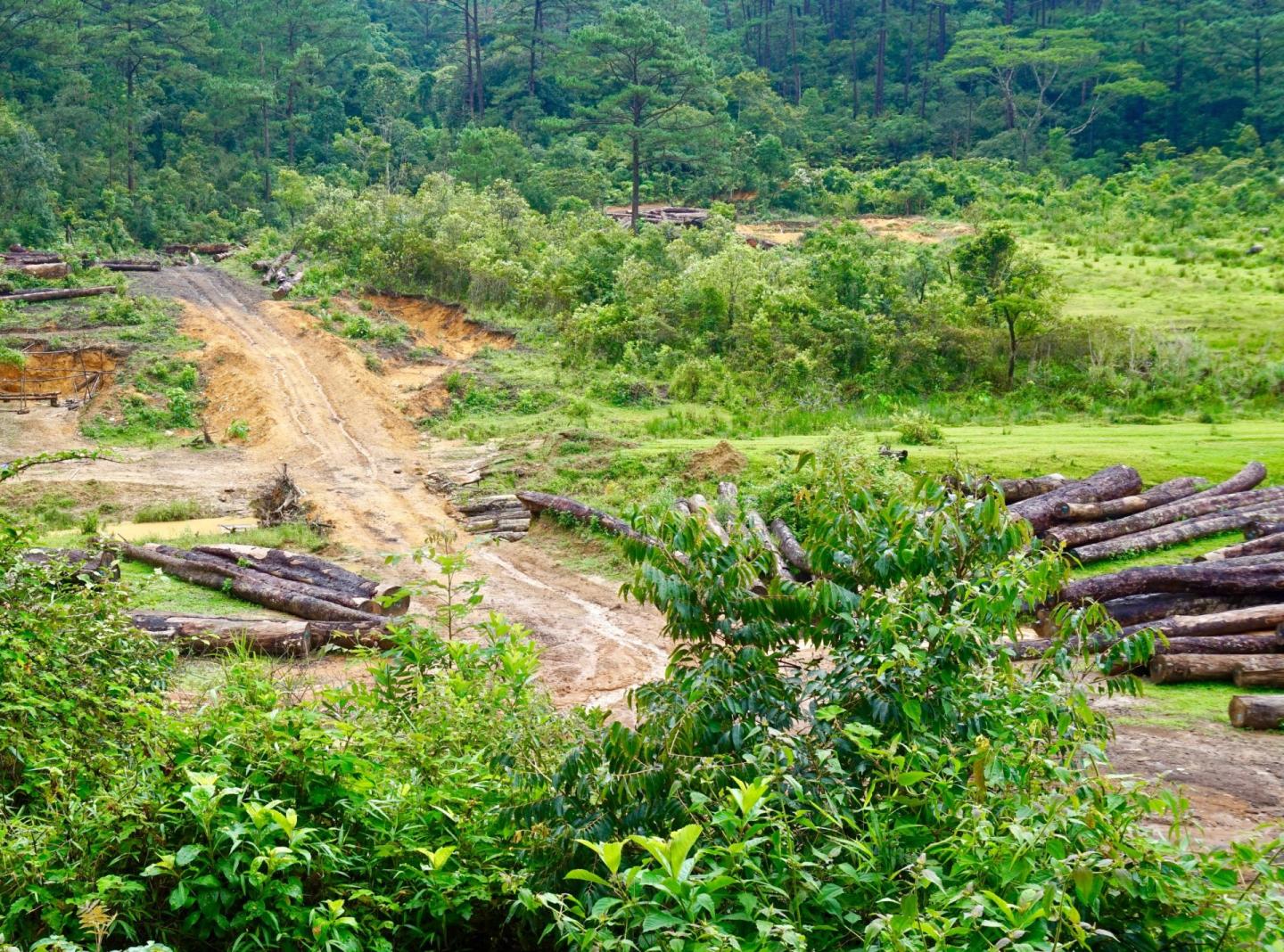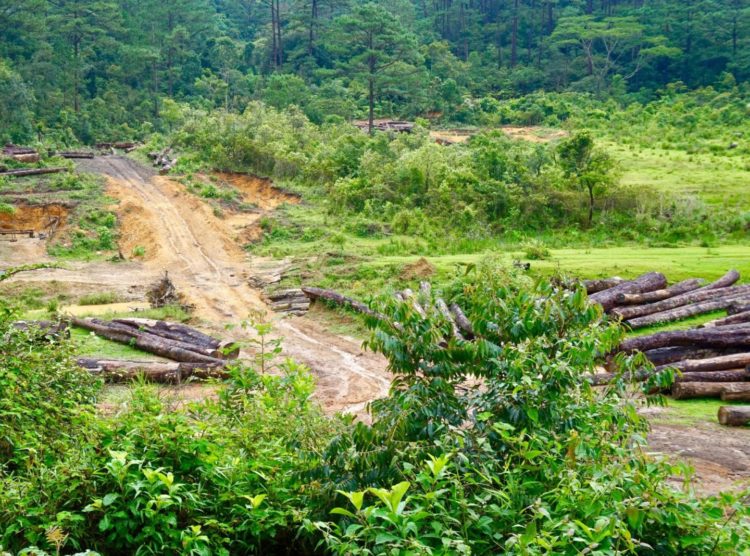
Credit: Andrew Tilker
For decades habitat loss and degradation were considered the important drivers for defaunation in tropical rainforest ecosystems. A new study carried out by the Leibniz Institute for Zoo and Wildlife Research (Leibniz-IZW) in cooperation with the World Wide Fund for Nature Vietnam (WWF-Vietnam) and the Sabah Forestry Department of the Government of Malaysia suggests that for ground dwelling mammal and bird communities, illegal hunting using indiscriminate snares may be a more immediate threat than forest degradation through selective logging. The researchers conducted a large scale camera-trapping study to compare several forest areas with logging concessions in Malaysian Borneo and protected areas in the Annamites ecoregion of Vietnam and Laos known to be subjected to illegal hunting. The results, published in the journal Communications Biology, show severe defaunation in snared forests compared to logged forests.
While both habitat degradation and unsustainable hunting have long been known to negatively affect animal communities in tropical rainforests, no study had directly compared how these threats compare in their severity in terms of losses of mammal and bird biodiversity at landscape scales. The result was that both logging and hunting negatively affected ground-dwelling mammal and bird communities, and unsustainable hunting had more severe effects on these communities. Overhunted sites in the Annamite Mountains of Vietnam and Laos had a higher proportion of species extirpated than the degraded sites in Borneo. Even species which persisted in the landscape subjected to illegal hunting had smaller distributions than similar species in the logging concessions.
“We had a unique opportunity to investigate the complex mechanisms of these defaunation drivers and compare their relative severities,” says Andrew Tilker, doctoral student at the Leibniz-IZW and Asian Species Officer at Global Wildlife Conservation, one of the lead authors of the paper. “Our rainforest study sites in Malaysian Borneo are degraded through logging but have experienced little hunting, whereas our rainforest study sites in the Annamite Mountains are structurally intact but are subjected to extremely high illegal hunting pressure. Because the two study landscapes generally have similar habitats and faunal communities, it was an opportunity for us to investigate to what extent these defaunation drivers differ in their impact on tropical rainforest faunal communities.”
“These findings are not only interesting from an academic perspective, they also have implications for conservation work”, says Dr Jesse F. Abrams, postdoc at the Leibniz-IZW and co-first author. “Our results show that maintaining habitat quality as a means of protecting tropical biodiversity is, by itself, insufficient.” The researchers suggest that, whilst both defaunation drivers should be addressed to maintain tropical biodiversity, in some cases it may be more prudent to focus limited conservation resources on addressing overhunting rather than habitat degradation.
Because hunting in the Annamites is primarily accomplished by the setting of indiscriminate wire snares, the findings of the study have implications for other landscapes in Southeast Asia, which currently are facing an ever-increasing snaring “epidemic”. In this respect, the levels of defaunation found in the rainforest study sites in the Annamites by the researchers could offer a foreboding glimpse into the future of biodiversity across the wider Southeast Asian biodiversity hotspot. Co-author Ben Rawson, Conservation Director of WWF-Vietnam, says: “Industrial-scale snaring must be addressed if we are to avoid empty rainforests in the region and retain healthy populations of what are now some of the world’s rarest species.”
The study’s findings also have positive implications for conservation. Datuk Mashor Mohd Jaini Director of the Sabah Forestry Department notes, “These results show that logging concessions can be safe havens for mammal and bird communities, particularly if sustainable forest management protocols are applied, following principles of forest certification standards” Dr Andreas Wilting, project leader, agrees. “Incorporating these degraded sites into conservation planning strategies could substantially extend the conservation real estate for the world’s tropical regions,” he says. “Our study has made it very clear that tropical rainforests must be protected from unsustainable hunting, regardless of whether they are logging concessions or protected areas. We must get ahead of the wave of indiscriminate hunting that is sweeping across Southeast Asia. Only then can we ensure the survival of Southeast Asia’s biodiversity heritage”.
###
Media Contact
Andrew Tilker
[email protected]
49-305-168-335
Original Source
https:/
Related Journal Article
http://dx.





